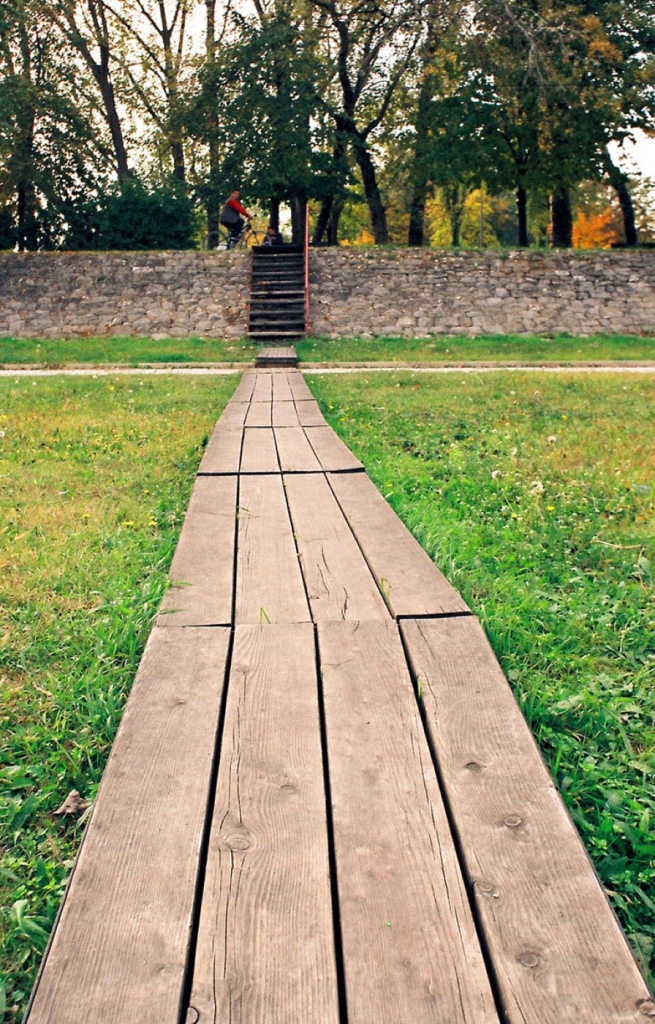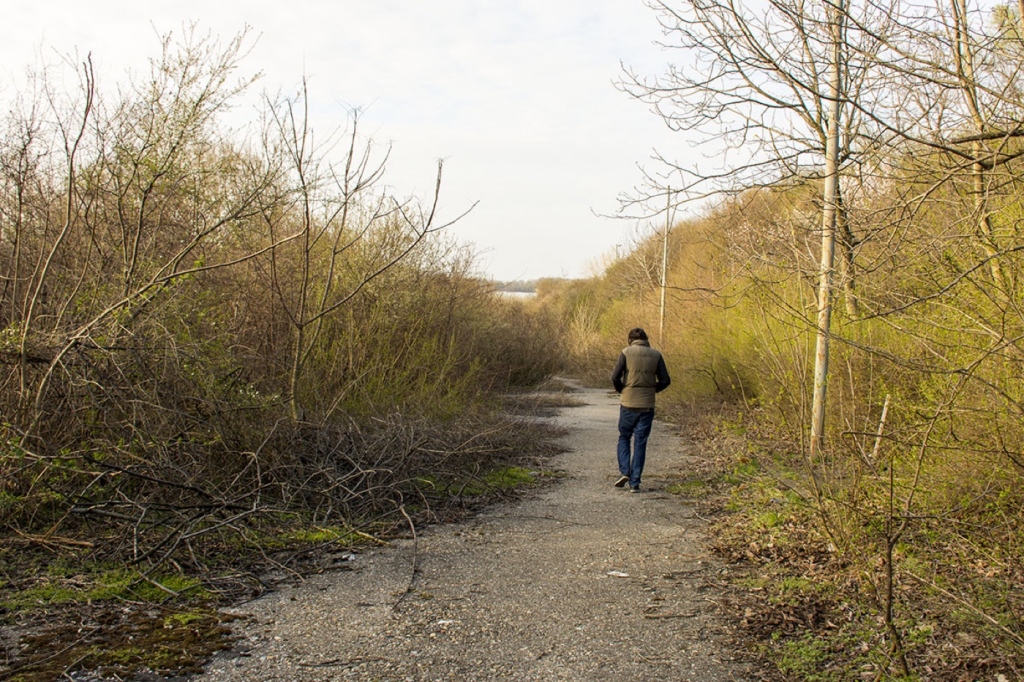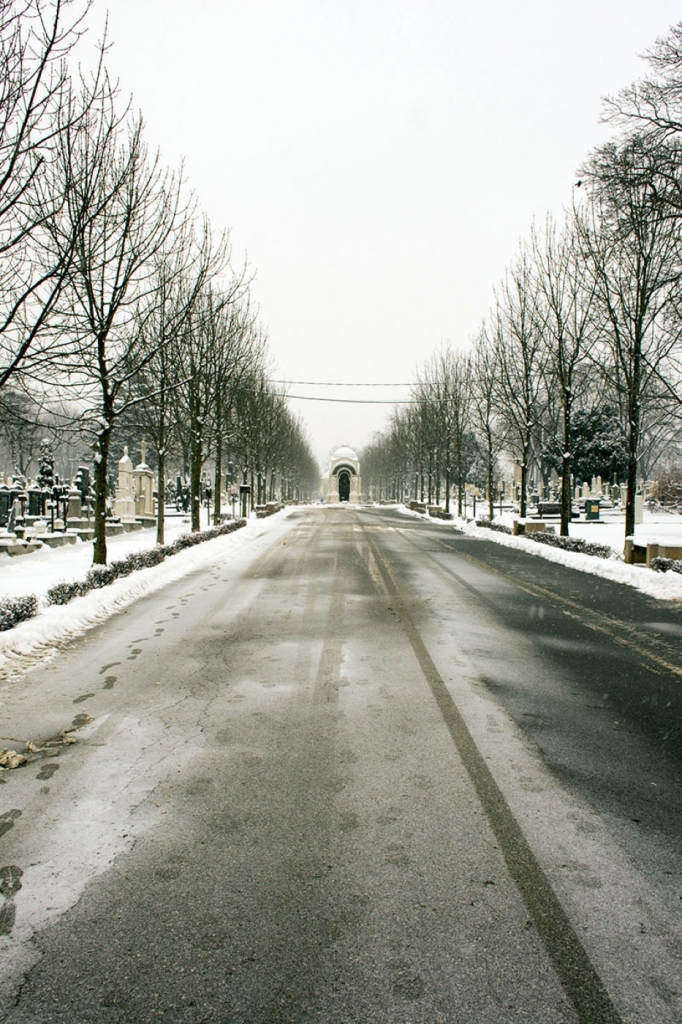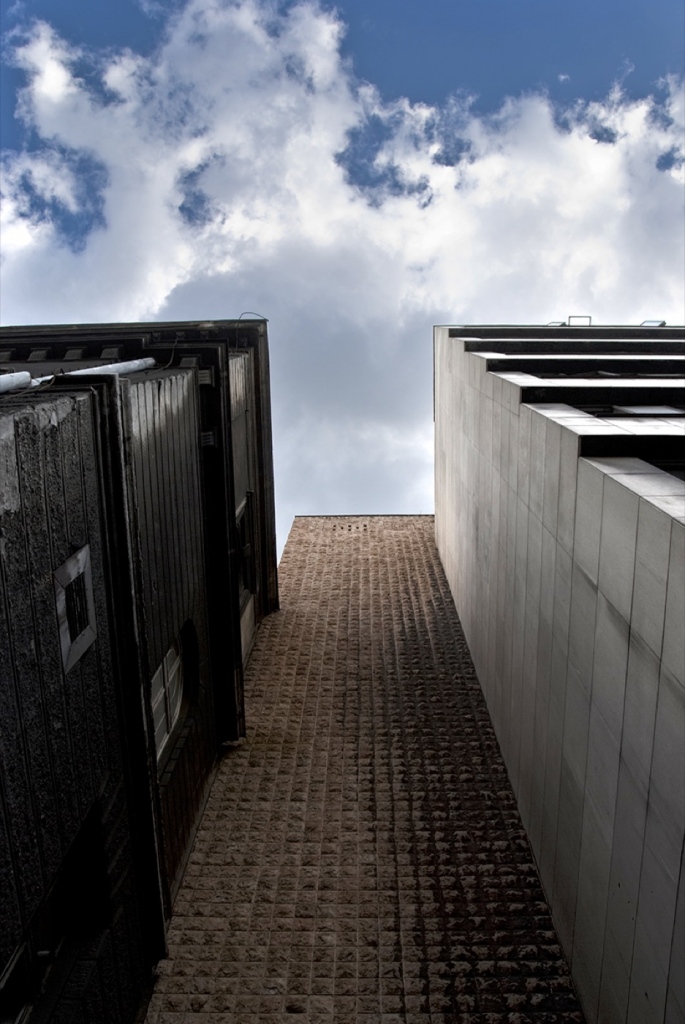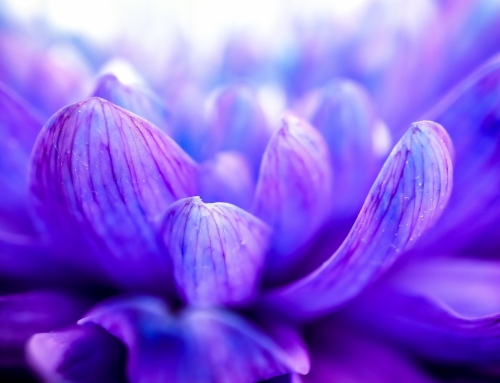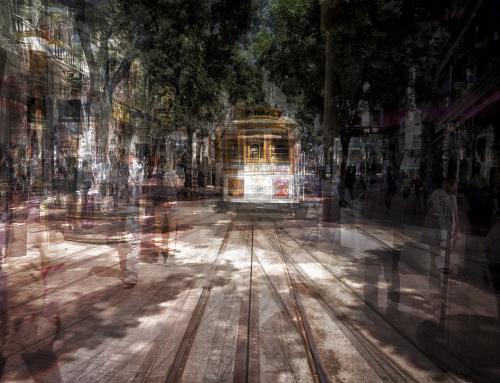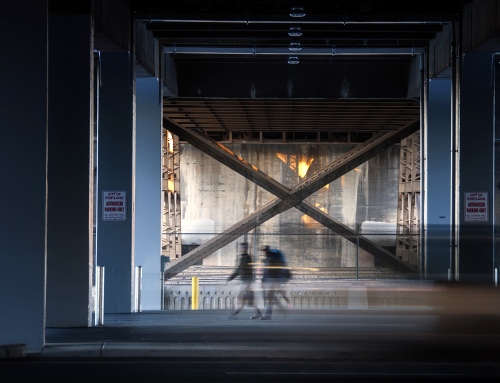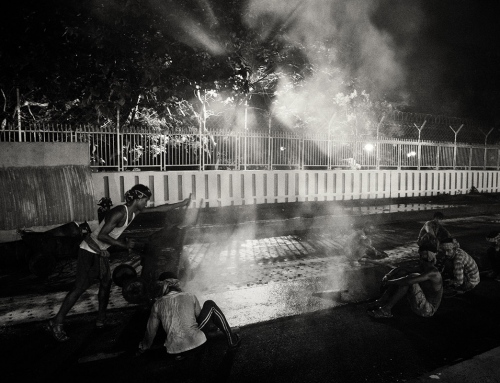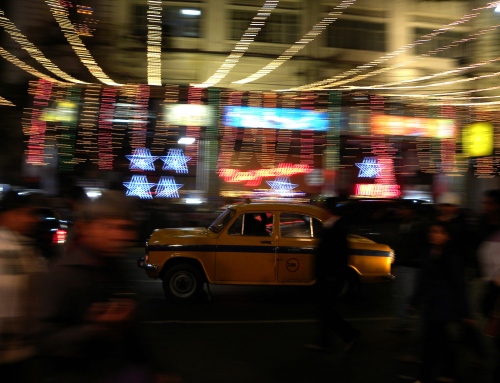A leading line is used in photography to literally lead the gaze of the viewer from one point of the image to another. Using leading lines to create an illusion of depth is probably one of the simpler composition techniques you can learn, while still being very effective.
Leading lines draw attention into the photograph. They can lead towards a subject, which is a great way to illustrate what the focal point of the image is; or they can lead the gaze through the photograph, into the distance. Usually, these lines begin at the bottom of the photograph, and continue to narrow towards the middle, guiding the gaze up and in. When the lines finally meet in the middle, they create a sense of depth and three-dimensionality, making the image more dynamic and intriguing for the viewer.
Finding leading lines
Finding and more importantly, recognizing leading lines should not be that hard. They’re everywhere! From roads, bridges, rivers and buildings, to shadows, patterns, fields and sun rays – the more important part is how you use them by framing your photo. Diagonal lines are by far the most dynamic. They appear to be unstable, which adds drama to a photograph.
Angles
A sense of depth perception is created when using leading lines in a correct angle. One of the key tricks that you should remember is that if it is not working, try a different angle. Lowering yourself and your camera to the ground while shooting a road, for example, will transform the general feel of the image. The lines of the road will fall at a sharper angle as they would if you were taking a picture from your own height, resulting in a more dynamic perspective. Then try looking straight up and notice how the edges of buildings draw lines and fall into a perspective.
Sense of depth
Combining lines with different angles will illustrate a feeling of distance and space, which causes the sense of depth. It engages the viewer by pulling in the gaze, almost creating a window into another world. Lines are your tool that you should learn to use to your advantage if you wish to achieve an illusion of depth. There is no other visual element that works in such a way. Never cut the convergence point out of the frame. This is your focal point to which the lines are leading to.
Don’t forget to be diverse in your choices. Leading lines can be straight or curved, painting many different angles and subjects. Once you’ve started looking for them, you will see that they can really be found anywhere. No other visual tool will help you create such a sense of depth in your photography. Change up your angles and your vantage point, look for colors that will enhance your leading lines and be bold – you never know what is right around the corner.

